As a dog owner, your top priority is your pet’s safety and well-being. One of the biggest risks to your dog’s health is the food it ingests—some foods can be dangerous or even fatal if consumed in excess. Most people know that chocolate, xylitol, and caffeine are harmful to dogs, but what about healthy foods? You might be wondering, “Can my dog eat celery or carrots?” or “How about cucumbers and tomatoes?”
Although some items on our list—like pumpkin, cucumber, and bell peppers—are technically fruits, we’ll set aside that debate and focus on the most common vegetables that are safe for your dog.

14 Vegetables Dogs Can Eat
1. Broccoli
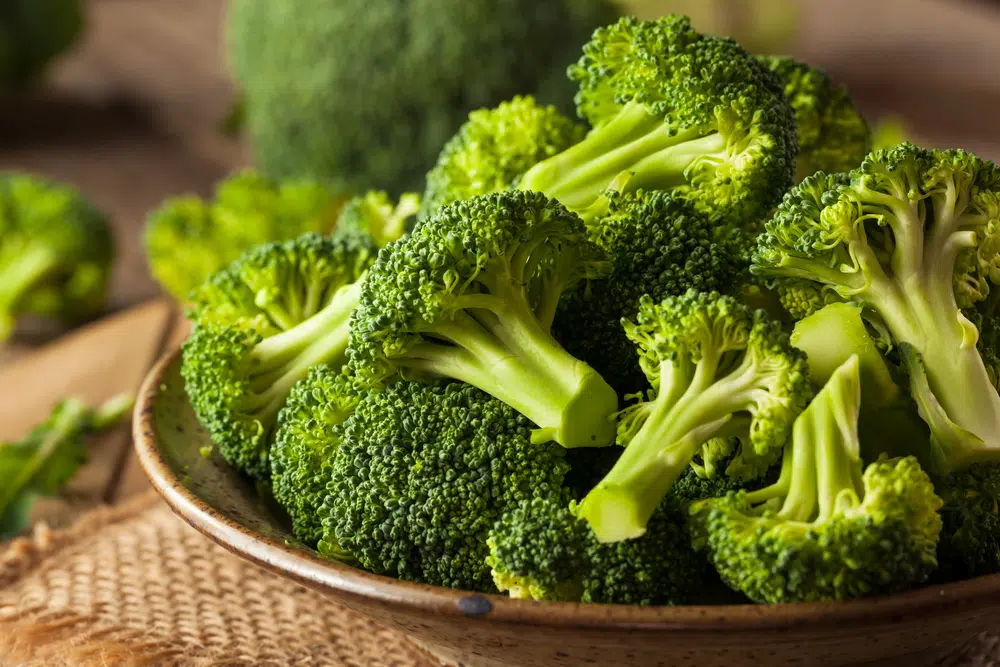
Broccoli looks like little trees, making it a fun and nutritious treat for your dog. This green vegetable is high in fiber and antioxidants, and it’s packed with vitamins and minerals such as vitamin K, C, A, and B-6. Although it provides digestible plant protein, it can cause gas, so serve it in moderation. Broccoli is low in calories; you can offer it steamed for a softer texture or raw for a crunchy treat.
2. Brussels Sprouts
Another tasty green vegetable, Brussels sprouts, can benefit your dog. While many humans aren’t fond of them, dogs often enjoy their flavor. Brussels sprouts are rich in essential minerals and vitamins like manganese, folate, potassium, and vitamins C, K, A, B1, and B6. They support immune function and bone density but can cause gas if fed in large amounts. Always steam and slice them before serving.
3. Carrots
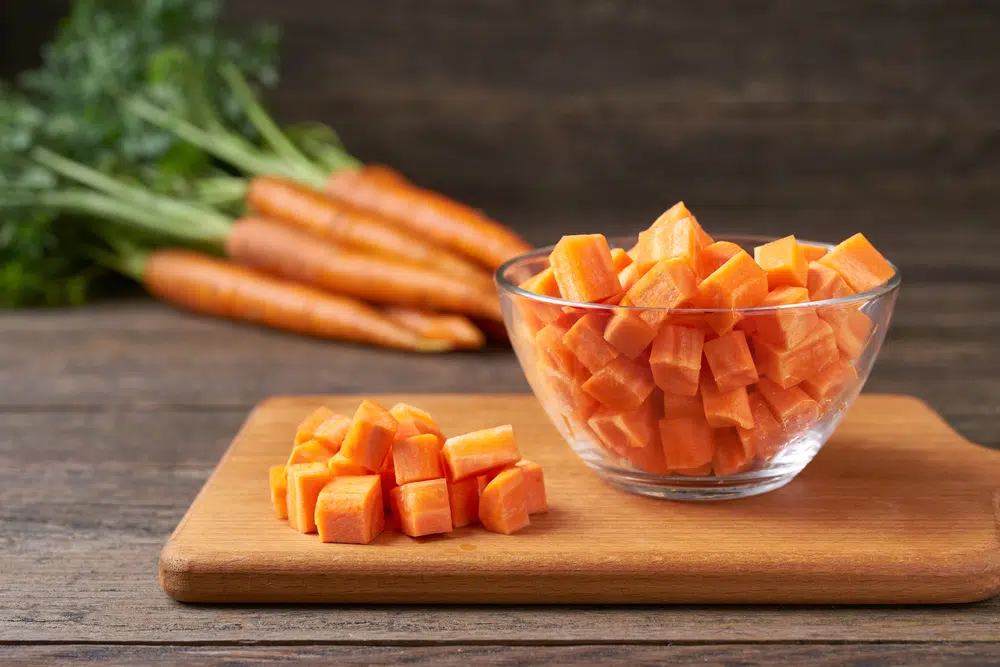
Carrots are a popular orange vegetable loaded with vitamins and minerals such as vitamin A and potassium. They are low in calories yet crunchy enough to help clean your dog’s teeth by reducing plaque buildup. Serve carrots raw, cooked, chopped, or grated. Although dogs enjoy their natural sweetness, keep in mind that carrots contain about 5% sugar, making them less ideal for diabetic dogs.
4. Celery
Celery is another crunchy and tasty vegetable that can be chopped into small pieces and served to your dog. It is high in vitamins A and C and potassium. Celery is an excellent low-calorie snack for overweight dogs, thanks to its high water content—especially refreshing during hot summer days.
5. Green Beans
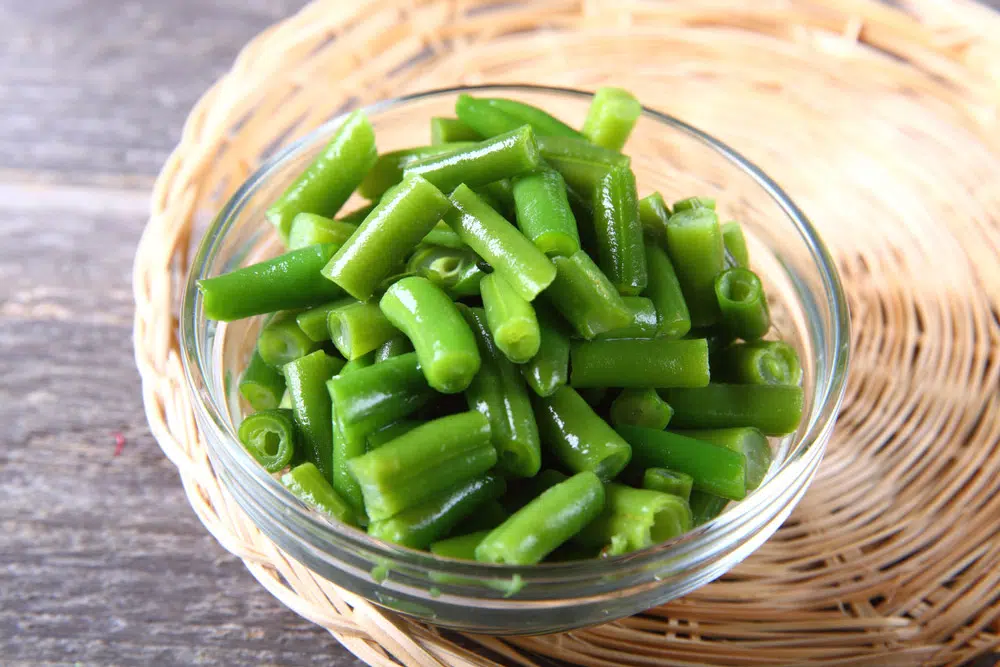
Green beans are a safe and nutritious vegetable for dogs. They can be served cooked, frozen, or raw. Green beans are low in calories and provide protein, calcium, iron, as well as essential vitamins and minerals. Their fiber content also helps keep your dog feeling full. Be sure to serve plain green beans without any garlic seasoning, which is unsafe for dogs.
6. Sweet Potato
Sweet potatoes are rich in vitamins and minerals, including potassium, calcium, vitamin A, C, and B6. When feeding sweet potatoes to your dog, remove the skin and cook them until soft. You can also mash them and mix them into your dog’s regular food.
7. Spinach
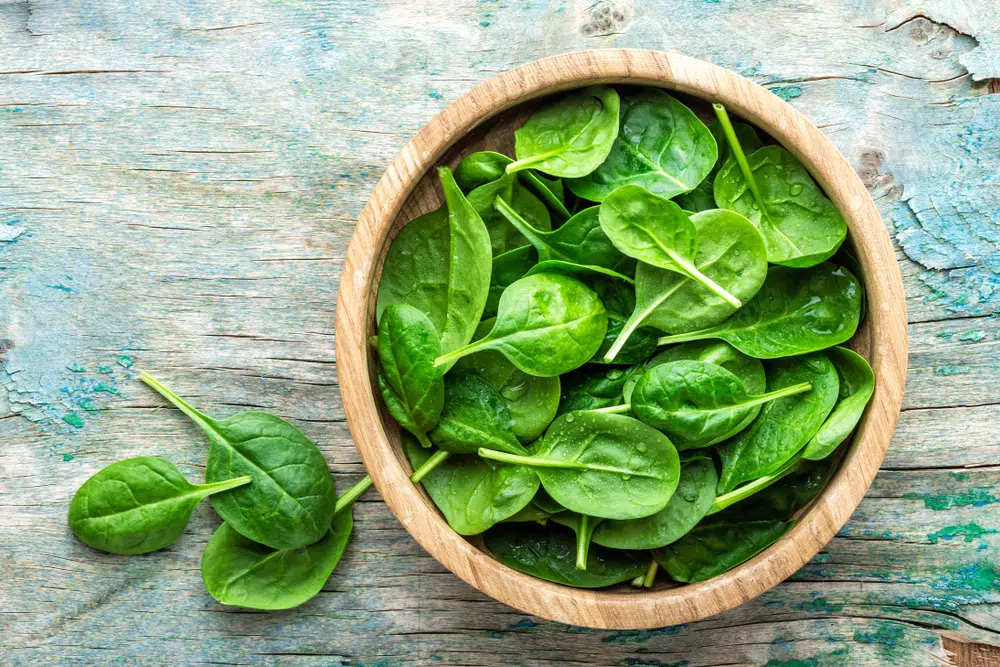
Spinach is packed with iron and folate—both crucial for proper bodily function. It also contains calcium and vitamins K and A, which are important for blood clotting and vision. You can serve spinach raw or lightly cooked, but in moderation, as too much spinach may interfere with calcium absorption and cause kidney issues.
8. Peas
Peas are a common ingredient in dog food and can also be fed on their own. Their small size makes them a perfect low-calorie treat during training. Peas contain zinc, potassium, magnesium, fiber, and vitamins A, C, and K, as well as plant-based protein. They can be served fresh, cooked, or even frozen.
9. Bell Peppers

Bell peppers offer a unique taste and a satisfying crunch that many dogs enjoy. They come in various colors and are safe for dogs to eat. Bell peppers are high in water content, providing hydration, and are rich in vitamins A, B6, and C, as well as minerals like potassium and phosphorus. Remove all seeds and stems before cutting them into bite-sized pieces.
10. Zucchini
Zucchini is a low-calorie, low-cholesterol vegetable that dogs can enjoy. It’s rich in vitamin C, calcium, magnesium, and iron. Serve zucchini raw—cut into small pieces—or cooked and mashed with your dog’s food. Its high fiber content can sometimes lead to gas, so introduce it gradually.
11. Cauliflower
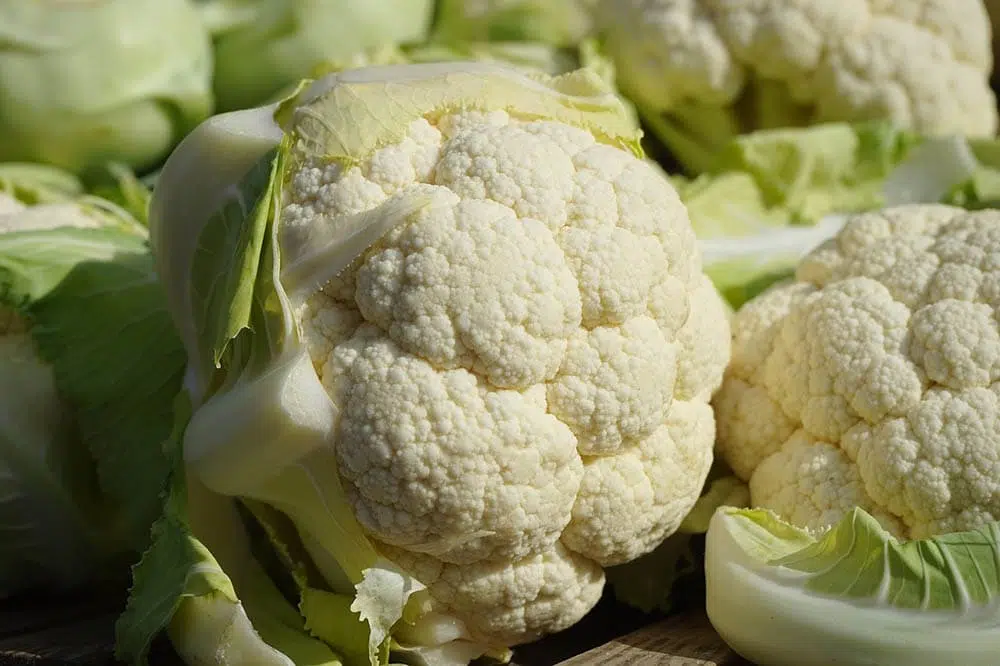
Cauliflower is similar in texture to broccoli but with a different color. It is low in calories and high in fiber, providing vitamins C and K, antioxidants, potassium, calcium, and magnesium. You can serve cauliflower raw, steamed, or roasted. It’s even used as a rice substitute, though its high fiber may cause gas if given in large amounts.
12. Corn
Though often criticized as a filler in dog food, corn has nutritional benefits. It provides fiber to aid digestion and prevent constipation, serves as a carbohydrate source for energy, and contains linoleic acid for healthy skin and coat. You can serve corn kernels raw or cooked, but never corn on the cob, as it poses a choking hazard and may cause intestinal blockages.
13. Pumpkin
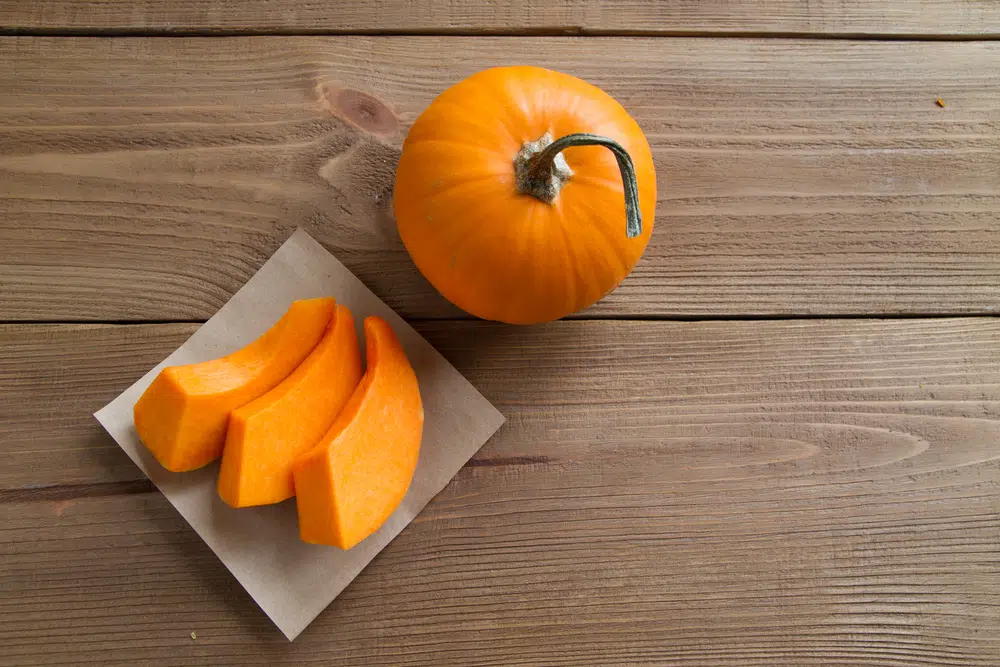
Pumpkin is both delicious and healthy for dogs. It is high in fiber, which aids digestion and helps prevent diarrhea and constipation. The best way to serve pumpkin is cooked, baked, or as pumpkin puree. Pumpkin is rich in vitamins A, B1, B6, and C, as well as copper, folate, and manganese.
14. Cucumber
Technically a fruit, cucumbers are treated as a vegetable in culinary practices. They are high in water and low in calories and fiber, and contain antioxidants, magnesium, potassium, and vitamins C and K. While many people enjoy pickled cucumbers, do not feed them to your dog because pickles are high in salt and may contain toxic ingredients like onion or garlic.

Foods Your Dog Should Avoid
While we’ve discussed many safe vegetables for dogs, some should be avoided:
- Green Potatoes and Tomatoes: Peeled, cooked white potatoes can be safe, but green potatoes are dangerous due to solanine. Similarly, cooked ripe tomatoes are safe, but raw green tomatoes are not.
- Wild Mushrooms: Many wild mushrooms are toxic. Keep your dog away from wild mushrooms growing in parks, fields, or even your backyard.
- Leeks, Garlic, and Onions: These allium vegetables are toxic to dogs, as they contain sulfur compounds that can damage red blood cells and cause anemia. Even small amounts can be dangerous.

Conclusion
Many vegetables—and even some fruits used as vegetables—are safe for dogs and offer health benefits. Common examples include sweet potatoes, Brussels sprouts, broccoli, cauliflower, celery, carrots, bell peppers, and cucumbers. Vegetables are often included in commercial dog foods due to their nutritional benefits. However, moderation is key, as too much fiber can lead to digestive discomfort. Always introduce new vegetables gradually, and consult your veterinarian or a pet nutritionist if you’re considering adding vegetables to a homemade diet.
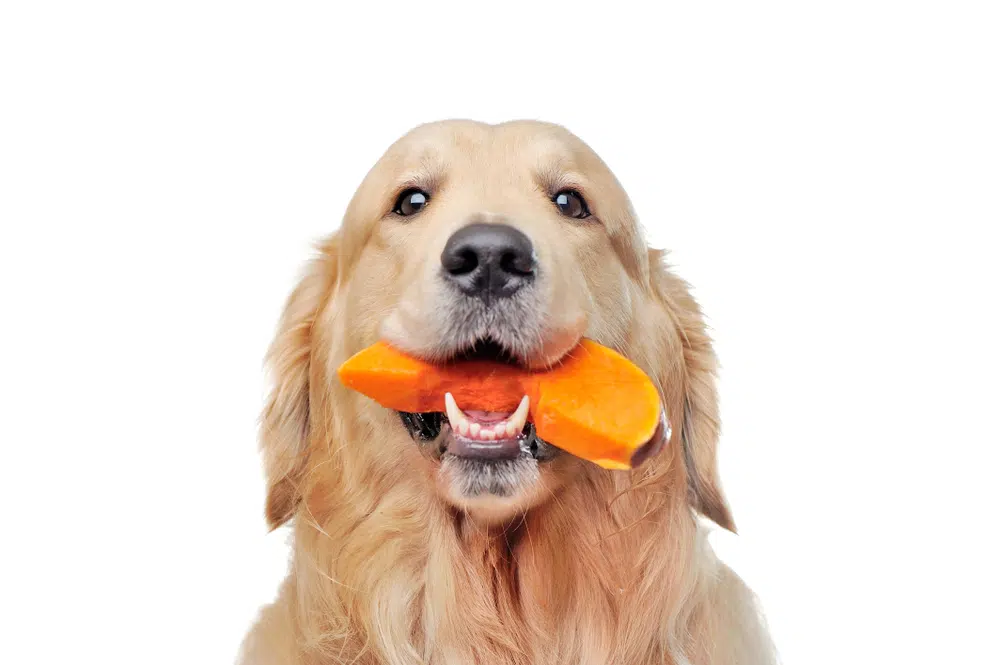


Pingback: Can Dogs Eat Onions? A Comprehensive Analysis of Onion Toxicity in Dogs - Happy Paws Spot
Pingback: Does Your Dog Need Vegetables to Stay Healthy? - Happy Paws Spot
Pingback: Can Dogs Eat Broccoli? A Safety Guide & Feeding Tips - Happy Paws Spot